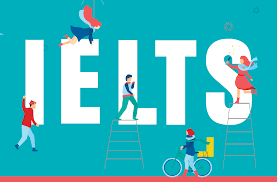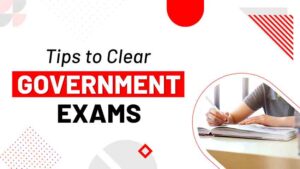
Driving lessons are your gateway to independence, but showing up unprepared can set you back.
Many first-time drivers forget essential documents, wear the wrong shoes, or fail to bring items that could make their experience smoother. This lack of preparation can lead to stress, wasted time, and even rescheduled lessons.
Imagine arriving at the driving school in Brisbane only to realise you forgot your learner’s permit. Your instructor can’t legally proceed with the lesson, meaning you’ve wasted your time and money. Or maybe the Australian sun is glaring in your eyes, making it hard to focus.
Worse still, uncomfortable footwear could make controlling the pedals difficult. These small but critical oversights can make your learning experience frustrating rather than empowering.
Preparation is key. By ensuring you have the right essentials, you set yourself up for success. Here, we will discuss what you need to bring to driving lessons.
1. Learner’s Permit
No permit, no lesson. Your Australian learner’s permit proves you are legally allowed to learn. Keep it in your wallet at all times. Without it, you won’t be able to participate in the lesson, and your instructor cannot legally teach you.
The permit serves as proof that you have met the basic requirements to begin learning to drive. Before heading to your lesson, always double-check that you have it with you.
2. Logbook
If you’re under 25, you need it. Every lesson counts toward your required hours. Bring it, fill it out, and keep it accurate. Not only does this help track your progress, but it also ensures you meet the minimum hours required for your driving test.
Your logbook will help your instructor assess your driving habits and make recommendations. Keeping an up-to-date logbook ensures you don’t miss out on valuable recorded hours.
3. Glasses or Contacts (if needed)
If your permit says you need corrective lenses, wear them. Clear vision means better driving. Driving without them when required is not just dangerous but also illegal.
Poor vision affects reaction time, depth perception, and overall road awareness. Always check your prescription and ensure your glasses or contact lenses are comfortable for long hours behind the wheel.
4. Comfortable Shoes
No flip-flops. No high heels. Wear shoes that let you feel the pedals. Sneakers or flat-soled shoes work best. Footwear that is too loose or too rigid can hinder pedal control, making it harder to operate the car safely.
A good pair of driving shoes provides proper grip, control, and comfort. Avoid footwear that may slip off easily or restrict ankle movement.
5. Water Bottle
Driving requires focus. Stay hydrated. Dehydration can lead to fatigue, which affects your reaction time and concentration. Having a water bottle in the car ensures that you remain refreshed throughout your lesson.
Especially on hot days, dehydration can cause dizziness or lack of focus, so it’s always a good idea to have water within reach.
6. Sunglasses
The Australian sun is harsh. A pair of sunglasses keeps glare from blinding you. Reduced visibility can impact your driving decisions, so having sunglasses on hand is a wise precaution.
Polarized lenses help reduce glare from roads and windshields, making it easier to spot hazards ahead. Always keep a spare pair in the car in case you forget to bring them.
7. Notebook or Phone Notes App
Your Brisbane driving instructor will give you advice. Write it down. The better you remember, the faster you improve. Keeping notes allows you to review what you learned and focus on areas that need improvement.
A dedicated driving journal or a simple notes app can help track progress, mistakes, and tips for improvement. Reviewing your notes before the next lesson can help reinforce learning and build confidence.
8. A Calm Mind
If you’re nervous, take deep breaths. A relaxed driver is a good driver. Anxiety can slow your reaction time and make learning more difficult. If you’re feeling stressed, let your instructor know—they can help ease you into the lesson.
Staying composed is key to making clear, informed decisions on the road. If you feel overwhelmed, take a break, reset, and continue with a focused mind.
Conclusion
Preparation makes all the difference when learning to drive. By bringing the right essentials, you set yourself up for a stress-free and productive lesson. From documents to comfort items, each piece plays a role in your journey toward becoming a confident driver.
Final Tip: Treat every lesson as an opportunity to learn. Ask questions, stay engaged, and enjoy the experience. The more prepared you are, the smoother your journey to getting your driver’s license will be!





